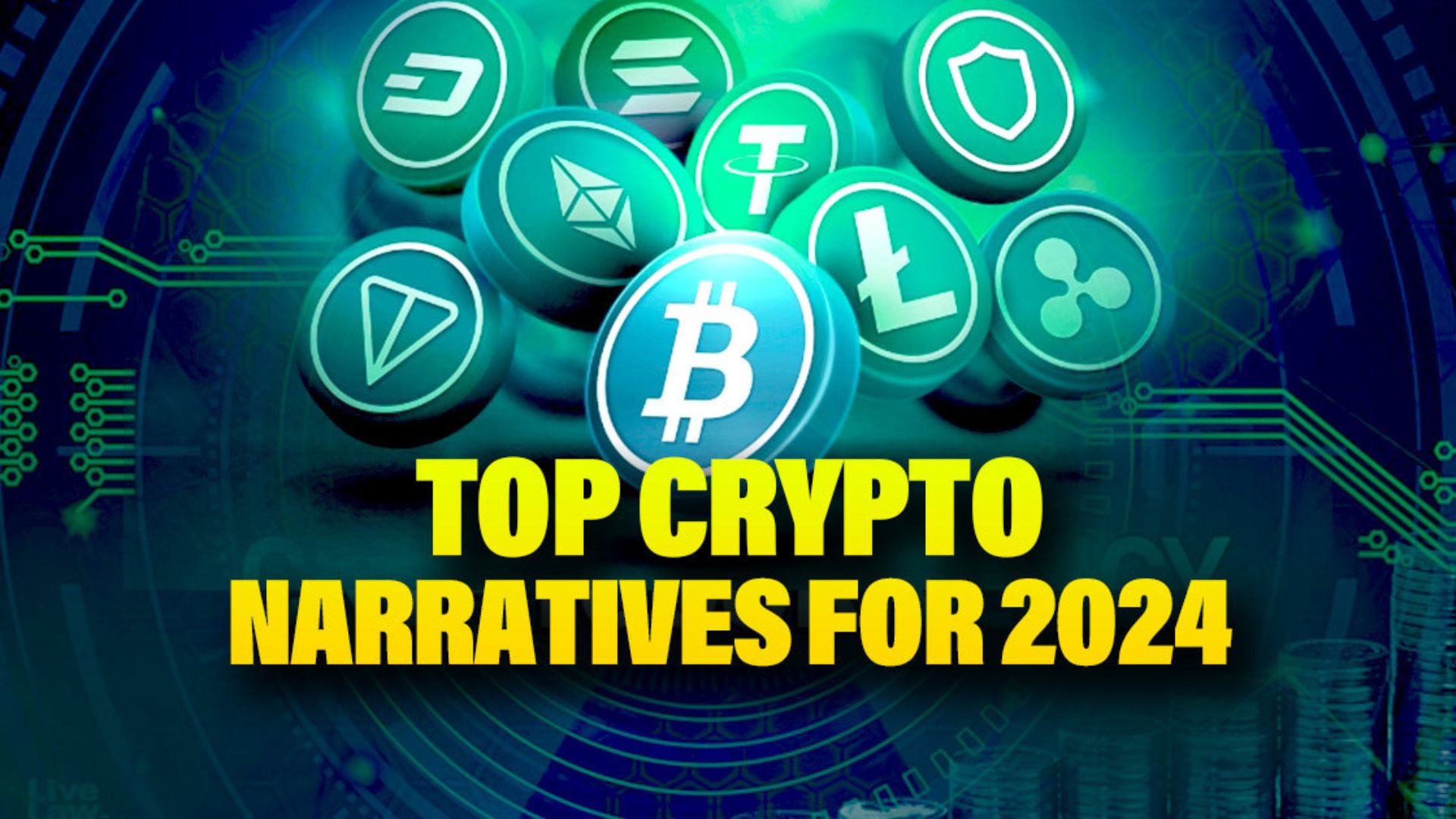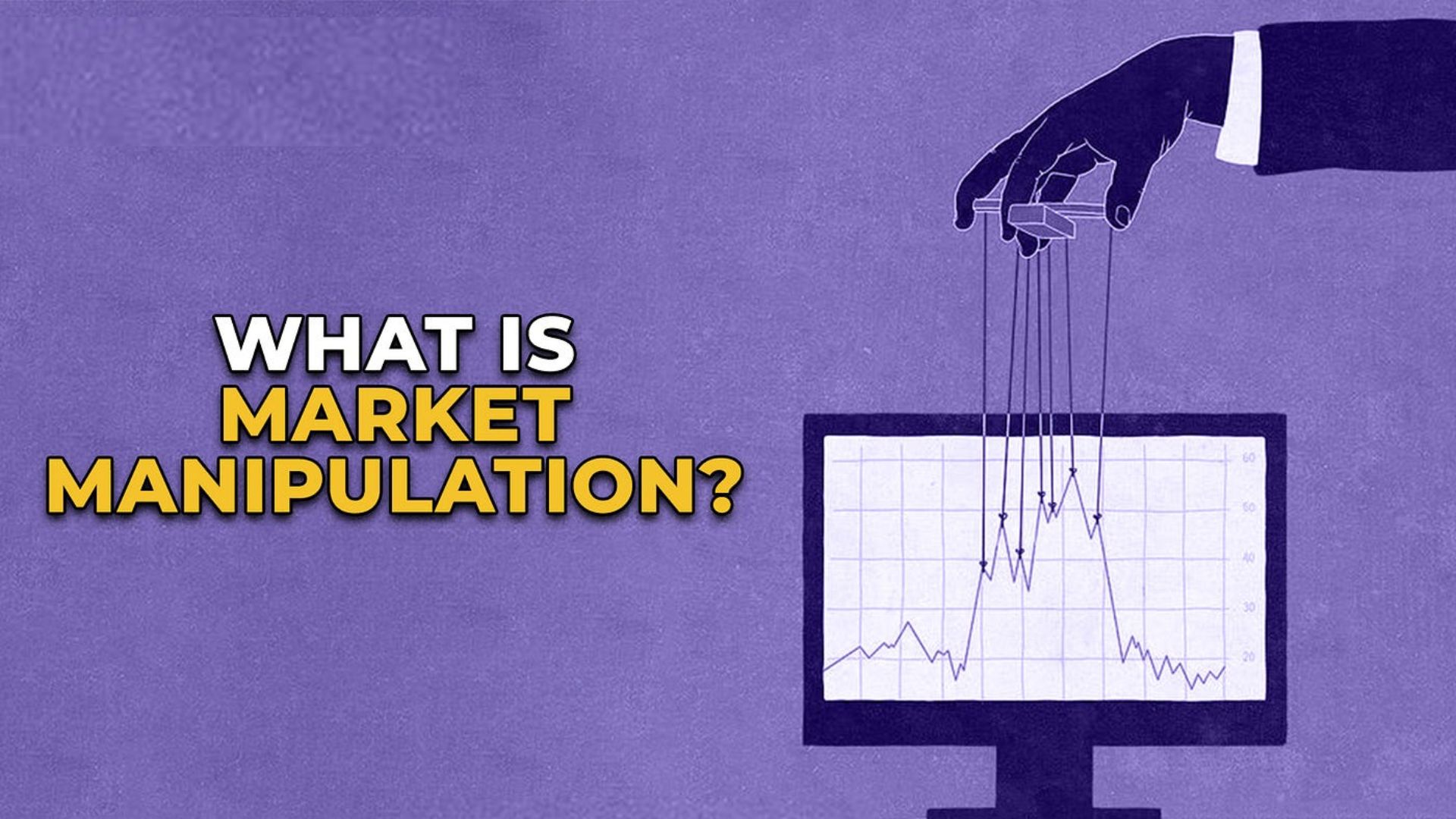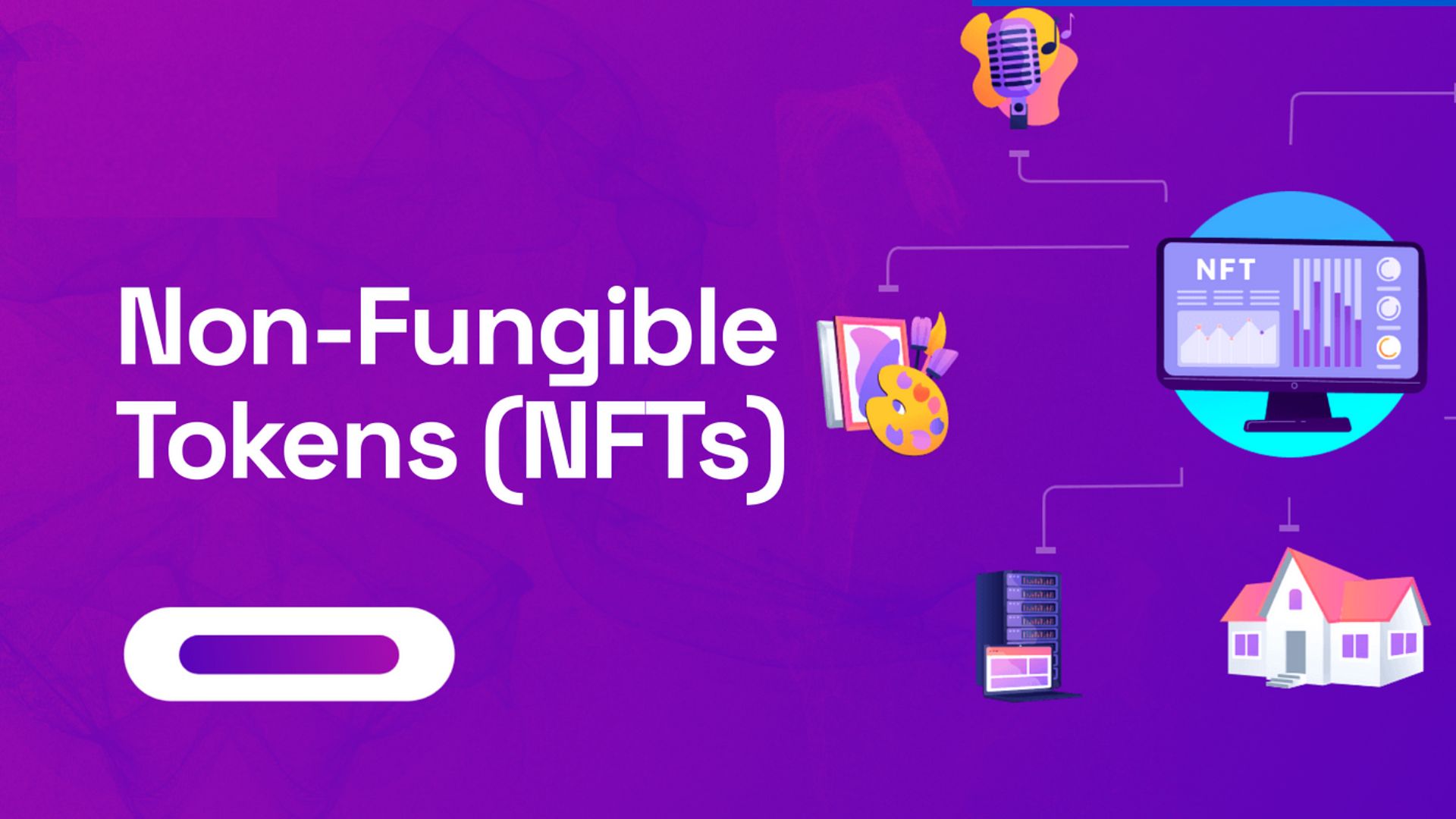Types of NFTs: The Ultimate Guide 2024
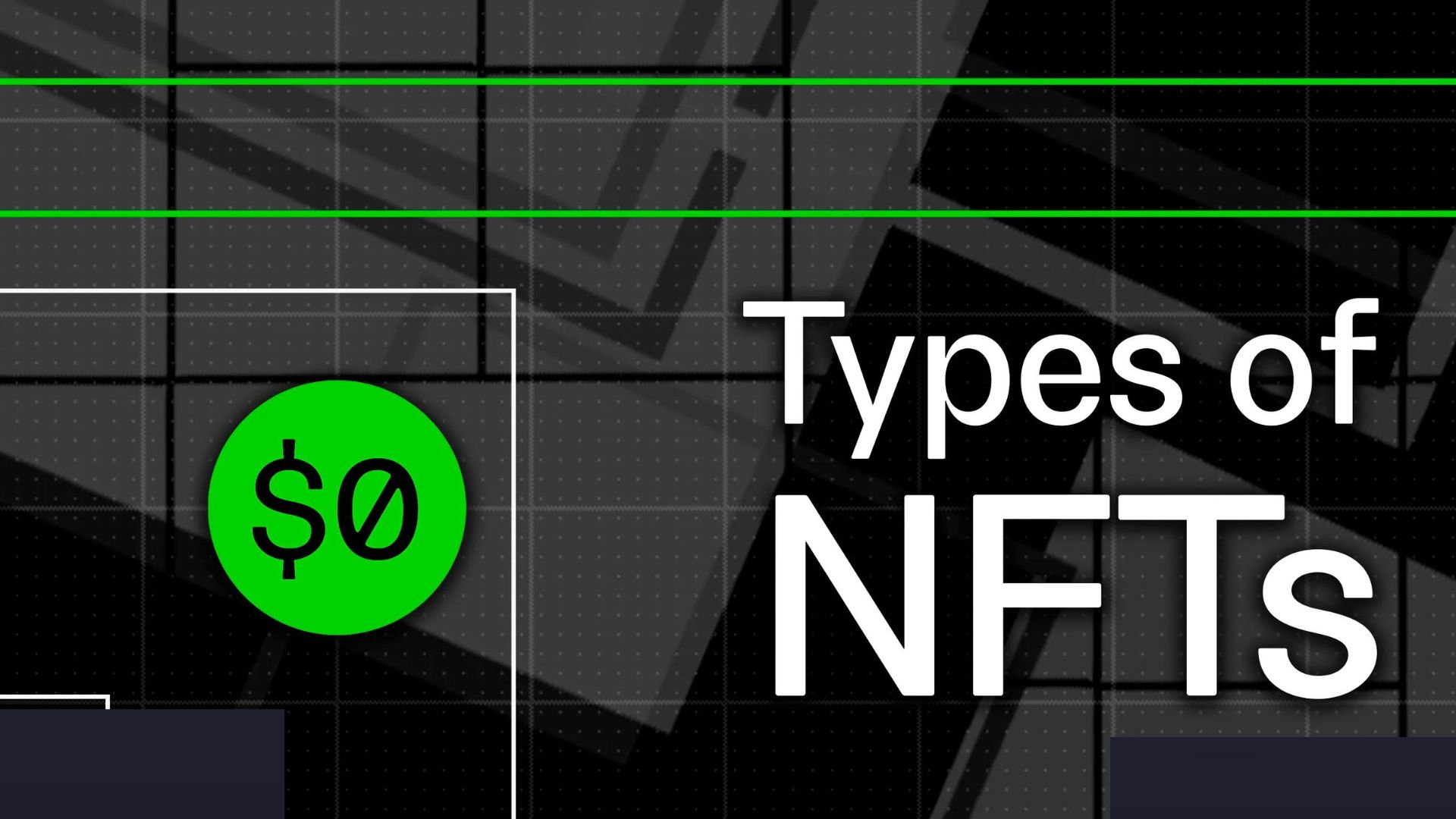
Types of NFTs: The Ultimate Guide 2024. With an estimated value of over $210 billion by 2030 and a value of $16 billion in 2021, non-fungible tokens (NFTs) have experienced phenomenal growth since their 2014 debut. They are distinct assets from fungible, divisible, and non-unique cryptocurrencies like Bitcoin (BTC) or Ether (ETH), which are worth $51,042 or $2,951, respectively. Conversely, nonfungible tokens can’t be traded like for like and have their unique value.
Profile picture NFTs (PFP), which drew inspiration from Larva Labs’ successful NFT project CryptoPunks, are just one example of how NFTs are becoming valuable tools across various industries, from fashion to play-to-earn (P2E) gaming and beyond, for ownership proof of digital and physical assets like art, music, games, and collectibles.
What are NFTs?
Non-fungible tokens (NFTs) are the latest craze in digital assets; they’re a one-of-a-kind, non-transferable data unit that can be recorded on the blockchain and, upon ownership, issued an unchangeable certificate of authenticity. Non-fungible tokens (NFTs) have recently attracted a lot of interest from industries that need to prove ownership of assets—like the arts, music, gaming, NFT event tickets, and collectibles—due to the ease of purchasing and owning them without a third-party intermediary.
They let artists tokenize their digital works, which helps with ownership verification and provenance tracking. You can find these one-of-a-kind items on a variety of NFT marketplaces. Transferring tokens between owners and verifying ownership of NFTs is simple because each has a unique identification code.
Because of the significant energy consumption of certain blockchains, NFTs have come under scrutiny from environmental groups. When it came to energy consumption, the popular platform Ethereum produced more NFTs than any other blockchain. In September 2022, it resolved this issue by switching to a proof-of-stake mechanism.
How Do NFTs Work?
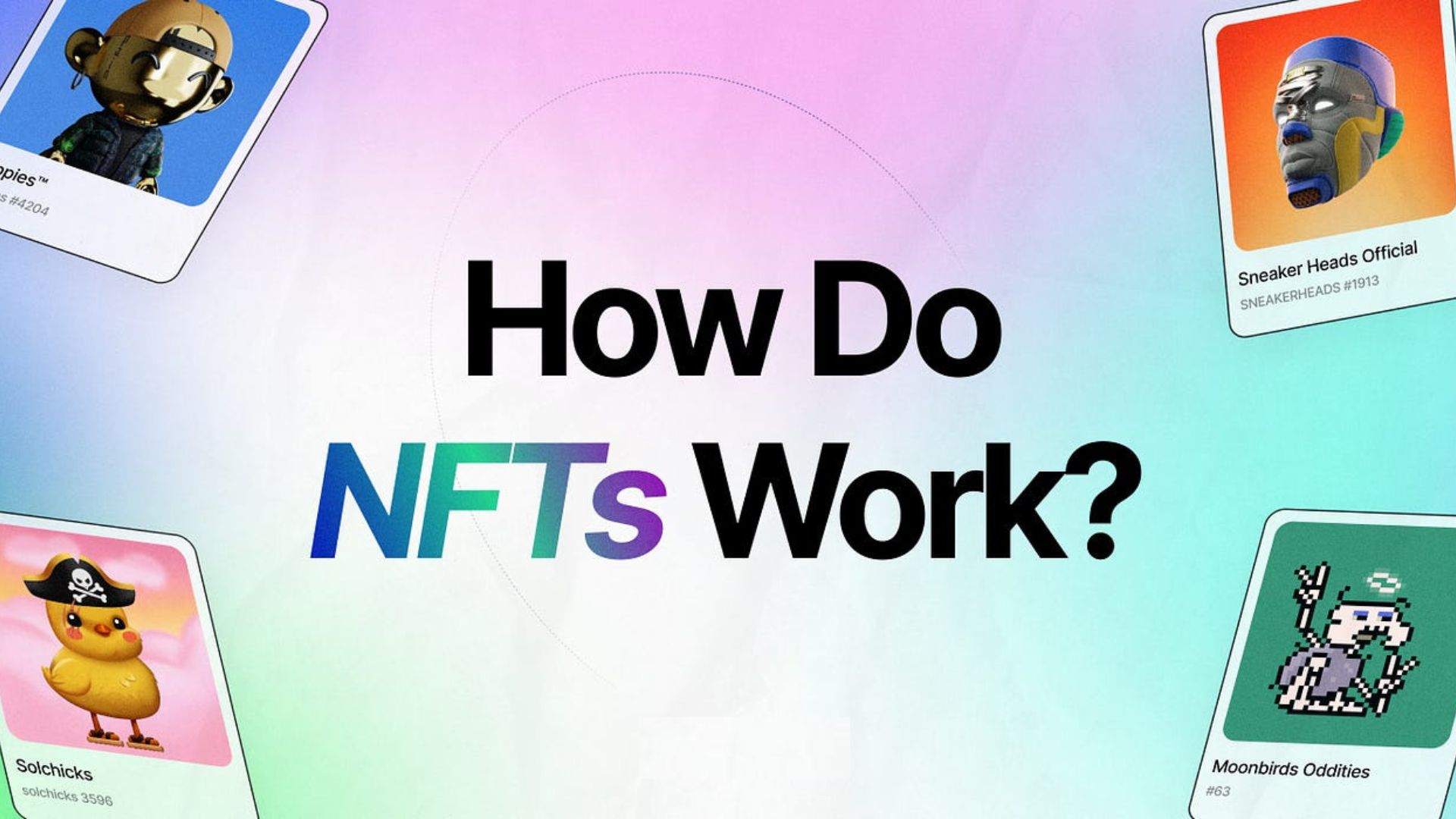
The blockchain, a decentralized public ledger that records transactions, is where NFTs reside. Smart contracts are agreements encoded into code and can execute themselves, which are their means of subsistence. Smart contracts allow for the programming of NFTs and the automation of numerous tasks, including the payment of royalty commissions to creators upon resale of the NFT.
Realistically, digital assets like artworks, GIFs, films, sports highlights, collectibles, or virtual avatars can be “minted” to produce an NFT. The buyer acquires a digital file rather than a real painting since it is analogous to a tangible object but stored digitally. You may even turn your tweets into NFTs and use them as a souvenir. Jack Dorsey, who was Twitter’s CEO for a while, made approximately $3 million in 2021 by selling his first tweet as an NFT.
What are NFTs Used for?
Artists and content creators have found NFTs to be useful for monetizing their work and promoting and selling it without the need for art galleries, middlemen, or any third party. Since the artist is dealing directly with the buyer, they can retain a larger portion of the sale price. While most people associate NFTs with the arts, companies like Charmin (a toilet paper maker) and Taco Bell (a fast food chain) have used them to collect charity money. Use them to create securitized NFTs of priceless heirlooms like photos, films, and event tickets.
Types of NFTs
Theoretically, anything can be transformed into an NFT and hence gain more value due to its unique qualities, scarcity, or specialization. Taking a picture of a real painting and turning it into an NFT digital item is one possibility; scanning and preserving event tickets as PDFs is another. Listed below are a few varieties of NFTs that may serve practical purposes or serve as valuable collectors.
Art and collectible NFTs
The most common kind of NFTs stands for various digital artworks and collectibles, including animations and graphics; they’re essentially virtual versions of real-life items. Among all digital collectibles, the two most famous—Bored Ape Yacht Club and CryptoPunks—have achieved such high returns that they are now regarded as among the most valuable. Number 8817, a Bored Ape, fetched the top price of $3.4 million.
Generative art NFTs
A common technique in generative art is the use of algorithms, AI, or autonomous systems to produce works of art such as music, literature, or visuals at random. Collections like CryptoPunks and BAYC are usually represented via generative NFTs.
Gaming NFTs

These assets provide a novel way to make money through gaming and are called gamified NFTs.One innovative way to monetize your point-to-exchange (P2X) experience is with game finance or GameFi. It integrates blockchain technology, NFTs, and gaming resources.
Types of NFTs: In video games, the metaverse, and virtual worlds, these types of NFTs stand in for land, characters, and in-game components like skin type and accessories. Buying an NFT to begin trading and earning cryptocurrencies is a great way to spice up the game, even though capabilities like this aren’t new to gaming or provided by NFTs.
Profile picture NFTs
With the replacement of their real-life picture with a digital avatar, which frequently is or resembles one of the CryptoPunks or a Bored Ape, millions of users have transformed their social media PFPs into NFTs.
Fashion NFTs
Despite the established crypto bear market, branded NFTs had a breakout year in 2022. Since ignoring the crypto crisis, more brands and fashion Web3 businesses have formed, focusing on long-term value rather than short-term revenues. Major fashion houses like Dolce & Gabbana have created NFT lines of virtual apparel that users of metaverse platforms can access and wear. By participating in the brand community’s activities and earning rewards during events, fashion NFTs provide customers with a unique designer experience.
Event tickets NFTs
Collectors of event tickets could have their passes printed as NFTs on blockchain platforms and sold at auction by the event organizers. These tickets quickly become cherished mementos because of their secondary purpose as collectors. Another option to reduce the possibility of counterfeit NFT tickets is to sell them at a set price.
Domain NFTs
Using NFTs, obtaining a digital identity is simple; users may then use their registered name in various digital spaces, such as gaming, social media, or blockchain-hosted websites. This occurs by condensing the long string of characters that constitutes a blockchain address into shorter, simpler ones.
Virtual real estate NFTs
As the metaverse exploded in 2021, decentralized digital communities, aided by platforms like Decentraland, went crazy for virtual real estate NFTs. They stand for real estate in the metaverse or virtual land in video games. The creation of a realistic virtual city for gaming and development would open up a world of possibilities for many industries, as businesses can establish themselves on virtual territories such as residential and commercial areas, fashion boutiques, institutions, and more.
Music NFTs
With the advent of NFTs, several doors have opened for artists and musicians who want to tokenize their work on things like concert tickets and music. Types of NFTs: Instead of just paying for the right to listen to a song or album, as is the case with Spotify downloads or streams, purchasing an NFT means the user owns the entire musical work. The customer and the artist both benefit from owning a music NFT. If the artist becomes successful, it will bring in more money for them, and if they are successful, their NFT investment could go up.
Content and Publishing NFTs
Tokenizing written content opens up new distribution and incentive mechanisms, allowing writers, journalists, and content providers to monetize their works through NFTs.
A Revolutionary Tokenized NFT Universe
Tokenizing assets has the potential to completely alter our relationship with monetary value while also providing novel approaches to asset management, trading, and issuance for the financial sector. By creating a decentralized ledger that can be securely linked to actual assets, tokenizing them using NFTs should streamline transactions involving these assets and make them more resistant to fraud.
Tokenized intellectual property, real-world assets, deeds, certificates, internet content, virtual fashion, and sports highlights are just a few examples of the many potential use cases for NFTs due to their unique and indivisible nature. Innovative NFT solutions have the potential to alter businesses, opening the door to new ecosystems and financial opportunities, but there are still obstacles to overcome, such as a lack of clear regulation and network-to-system interoperability.

